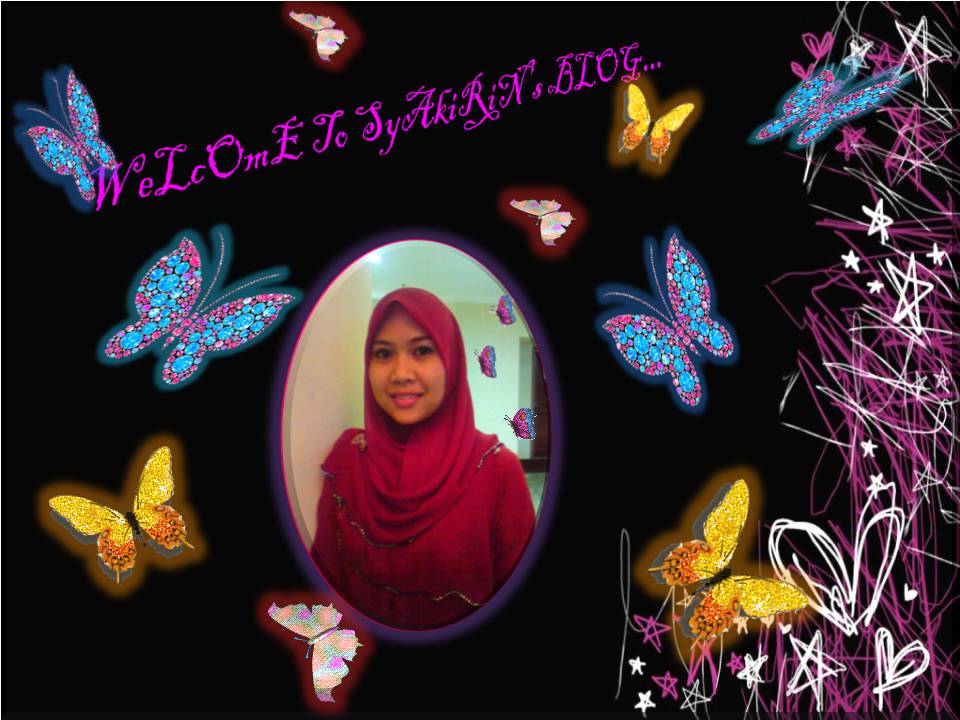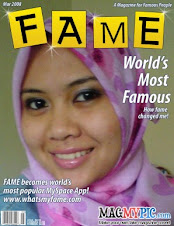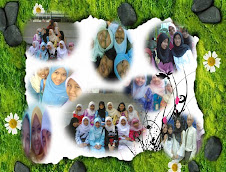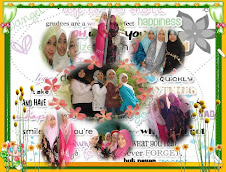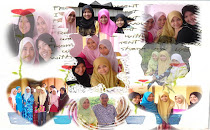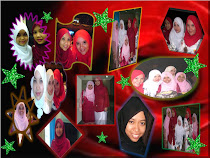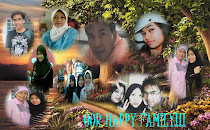MY HONEST AND TRUTHFUL ANSWER REGARDING TO MY EXPERIENCE USING BLOG….
For this last and final posting, we are required to answer all six questions prepared by our lecturers, Ass. Prof. Datin Dr. Norizan and Pn. Zaini. Below are my honest and truthful answer regarding to this matter.
In my opinion, blogging activity does improve my writing skill as it helps in enhancing my grammar and vocabulary proficiency. Why do I say so? This is because most of my blogging activities required me to write in English and when this happen, I found that my grammar and English vocabulary are becoming better and better as the day goes by. Besides that, I am able to think wisely in what I want to write before I publish my post and know how to write efficiently using the right tools like putting the appropriate reference, quotations and so on.
To me, blog is a useful learning experience as it is something new and interesting to explore. Here is the right place to publish all your useful thoughts, ideas, advice, hidden talents and many more to all the peoples around the world. If you are lucky and fortunate enough to make peoples love your work and writing, then you can make big profit out of it:) Peoples who viewed your blog can put their comments then you will be able to know whether what you are doing is appropriate and suits the circumstances around. Moreover, if you received hips and tans of feedbacks, then you will have the spirit to become a better person and always loves to improvise your writing. This is a good thing in order to become a successful person. Besides that, by using blog you are able to become creative and innovative types of person. This is because, you can decorate your blog using all the tools that are available as well as putting some audios, pictures, videos and many others interesting features that are available. It is a waste if you do not grab this golden opportunity.
In order to make your blog a success, first thing you need to know is, sign in to appropriate blogger like the wordpress or blogger. After you’ve sign in, get used with the elements that are available in your blog especially on the posting part. After you have completed doing that, then you have to know what materials you want to put in your blog. For example, you must know what you want to write and who’s your audience is. This is important in order to know whether your writing suits the audience levels of thinking or not. When you know what you want to write then go and do some research and reading on your topic so that you will have broad ideas on that particular topic. After completed with your post, you can decorate your blog using the appropriate tools so that your blog will appear great and lovely.
I must admit that, even though using blog is interesting, there are some problems that I encountered at the beginning of using and creating my blog. Such problems are, difficulties in changing the layout that are provided outside of the blogger like the ‘pyzam’ and many more. At first I change my blogger layout to pyzam layout, then it turns out to be all my posting were gone. It does not appear together with my slideshow, audio and pictures. Then what I did is, I change back to my old templates, then the posting appeared together with my slideshow, music’s and pictures and everything is back to normal. Besides that, I found it hard to insert slide show in my blog at first. Then what I did in order to overcome this problem is I asked my friends then applied what I’ve learned from them and thank god I managed to overcome it. So far that was the only problems that I encountered during my blogging activities.
After my great experienced using blog, I will definitely tell the rest of my friends not to miss this whole new and exciting technology! I will recommend them to use these facilities and see how effective it is without any doubtless. I’m pretty sure my friends will love my idea since they are rich with useful thoughts that are just waiting for the suitable time to be publish to public. Besides that, I am sure that after I’ve told my friends about this, then there will be tans of peoples blogging since most of my friends are the types that will tell straight away to others about something that are new, exciting, and worth of trying and learning.
Frankly speaking, I’m not sure whether I will continue using blog after SKBP 1023 is over. At first, I was thinking that this blog are just for the evaluations for this particular course, but eventually, I found that, blogging is a good mediums of instruments in order to enhance my writing, vocabulary and thinking skills. Besides helping me in expressing my ideas and thoughts, I am able to get supportive feedbacks from expert peoples like my lecturers and beloved friends regarding to my work. Insha’Allah, with god will’s I will continue blogging. If not now, maybe perhaps when I am already a carrier woman.
I would like to take this opportunity to thanks my lecturers Ass. Prof, Datin Dr Norizan Abdul Razak and Pn. Zaini Ahmad for their supports, guidance and bless that they gave to me. Insha’Allah I will do my best in this subject as well as the rest and will always remember your words and advise to me:) Once again, THANK YOU so much for everything.. Until we meet again… (SYAKIRIN 08)
